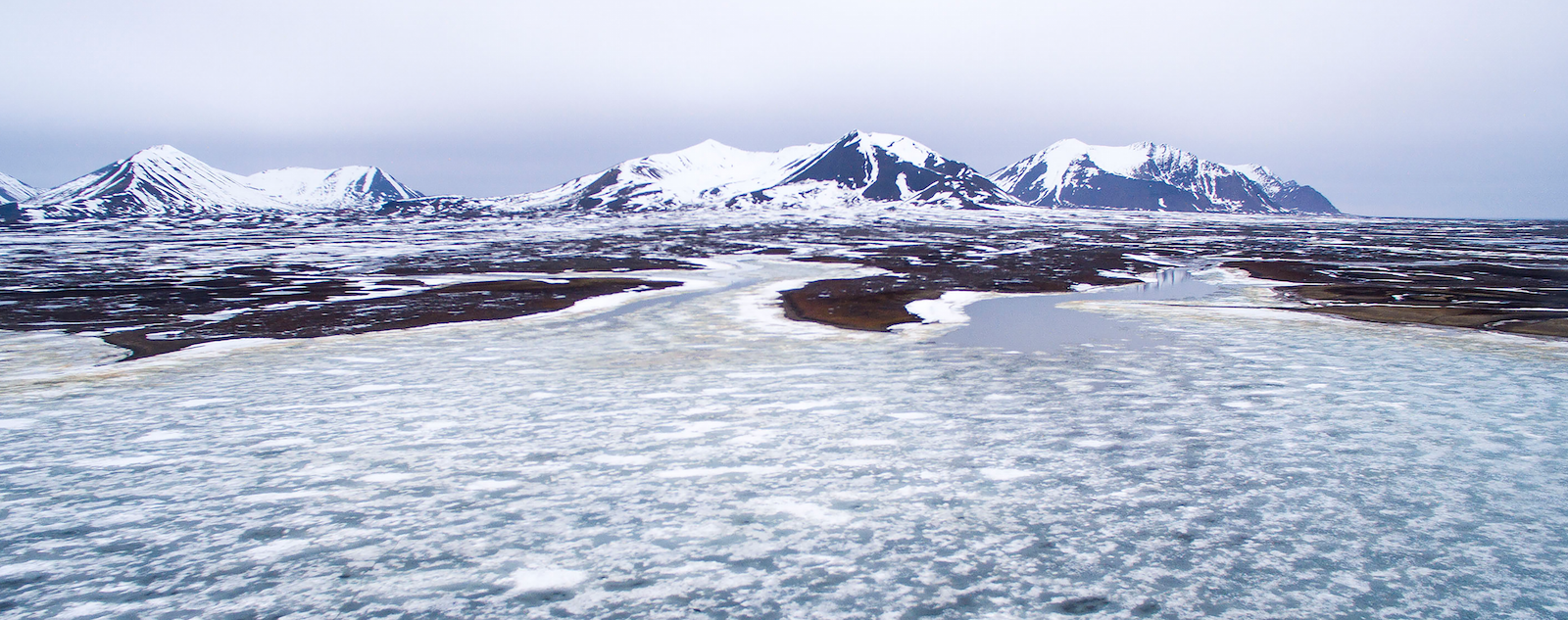
Adam Fung’s Uncommon Arctic Adventure
The art professor is acting as an Arctic ambassador and filmmaker after his 19-day residency in the Far North.
The Artist

Adam Fung stands on the deck of the Antigua during the Summer Solstice 2016 expedition.
The 1980 eruption of Mount St. Helens served as a touchstone for artist Adam Fung, who was a Washington state toddler at the time. He has since built a name in the art world by painting landscapes and starscapes on wall-sized canvases.
When Fung, assistant professor of art, heard about a residency sponsored by the Arctic Circle, a nonprofit organization with a mission to introduce artists and scientists to the planet’s North in hopes they would become advocates, he wanted to apply. Through art, Fung said, he could act as an ambassador for the Arctic.
But mixing studio art projects, family life and teaching duties meant waiting until his busy schedule would allow a three-week trip. The stars eventually aligned, and the Arctic Circle selected Fung to be among the 28 participants on its 2016 Summer Solstice journey.
Fung planned to sketch the sights of the Arctic for eventual paintings, but the idea of collecting video footage for a film gnawed at him. To guide planning, Fung asked friends and family what they would like to say to the Arctic, a place so inaccessible it might as well be on another planet.
The Journey
After leading students during a June study-abroad trip in Panama, Fung packed parkas, snow boots and cameras for the Arctic. Three flights later he arrived in the international territory of Svalbard, the world’s northernmost permanent human settlement and home to the global seed vault. There Fung met his companions on the journey, including a Norwegian-born writer and a filmmaker from Kuwait.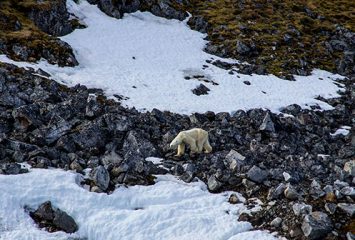
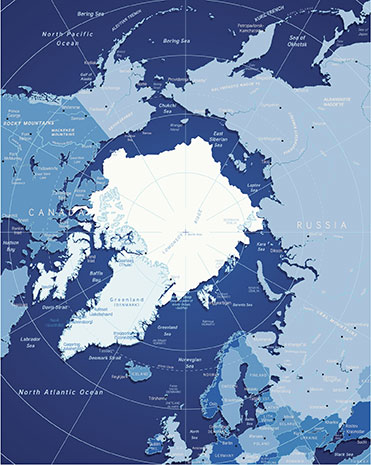
The 15-day expedition made its way along the coast of Svalbard, a Norwegian archipelago.
On the ship, the Holland-based Antigua, were 33 people — artists, musicians, scientists and a four-person crew. Fung was surprised to learn an armed guard would accompany them when they ventured off the ship, should they encounter an angry polar bear.
As the Antigua sailed north through pack ice broken into pieces by the summer warmth, the expeditionaries crossed paths with blue and gray whales. Under a sun that never set, Fung took aerial video footage using a drone on loan from TCU’s School of Art. Braving the almost-freezing ocean, he stuck a camera-holding hand underwater to capture the intense blues and novel creatures of the remote ocean.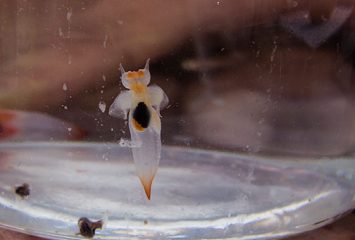
Thinner-than-normal pack ice enabled the Antigua to sail farther north than it ever had, journeying within 600 miles of the North Pole. The group did encounter one polar bear — quite emaciated. The guard’s gun was not necessary.
For the most part, “everything up there is so pristine and beautiful,” Fung said. But he saw evidence of humanity’s distant presence in omnipresent small plastic beads that had drifted thousands of miles from where they were discarded.
The Film
Upon return, Fung felt an urgency to be a voice for the Arctic. “You realize you had this really valuable experience and you don’t want to waste it.”
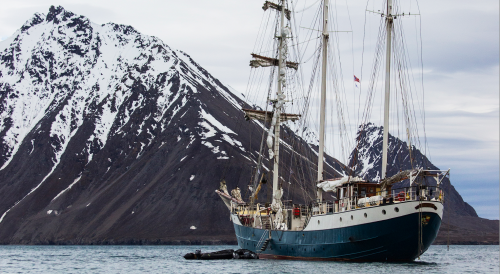
The sailing vessel Antigua in Arctic waters near Svalbard, Norway.
With the help of Alex Martin, a senior strategic communication major, who helped pare down and edit footage, Fung selected about 200 stills and clips. The short movie, The Uncommon, is Fung’s first foray into filmmaking. He plans for the 10- to 15-minute film to debut in April.
One of Fung’s major challenges in creating The Uncommon was communicating the inscrutable scale of the massive, empty Arctic. “I’d try to fly [the drone] up to a glacier,” he said. “It looked like it was maybe half a mile away, but I just couldn’t get closer.”
The film will include an original soundtrack composed by Neil Anderson-Himmelspach, assistant professor of music technology and composition. The musician is mixing sounds Fung collected on the trip, such as ice chunks falling from melting glaciers, with a menagerie of acoustic and electric instruments, including vintage synthesizers and a theremin, a hands-free electronic instrument that produces ethereal, violin-like sounds. Anderson-Himmelspach called his contribution “a post-tonal landscape … a reactionary, visceral feeling to the film.”
The Exhibit
April 3-22 Arctic Circle Exhibition at the Art Galleries at TCU
Featuring Adam Fung’s The Uncommon plus artwork from about a dozen Arctic Circle residents from the 2016 Summer Solstice journey.
Moudy Gallery 2805 S. University Drive Fort Worth, Texas 76129 817-257-2588
The Expression
Fung’s voice reading a poetic fusion of answers he collected after asking what friends and family would like to say to the Arctic is the lone hint of human presence in the film.
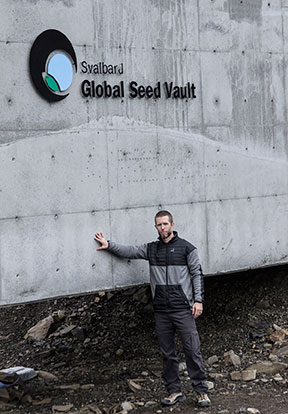
Adam Fung and other participants in the Arctic Circle’s 2016 Summer Solstice residency program visited the Svalbard Global Seed Vault.
I memorized you
before we met
but you are
more arcane
than I recall
as we slide
past
through
into
around
over you
I am engulfed.

Your comments are welcome
Comments
Related reading:
Research + Discovery
Waste Management Is Key to Preventing Ocean Pollution
Students tackle problematic plastics during Frog Forum.
Features
Roxo’s Message on the Panamanian Mangroves
TCU’s student-run strategic communication agency is helping to protect a vital and endangered resource.